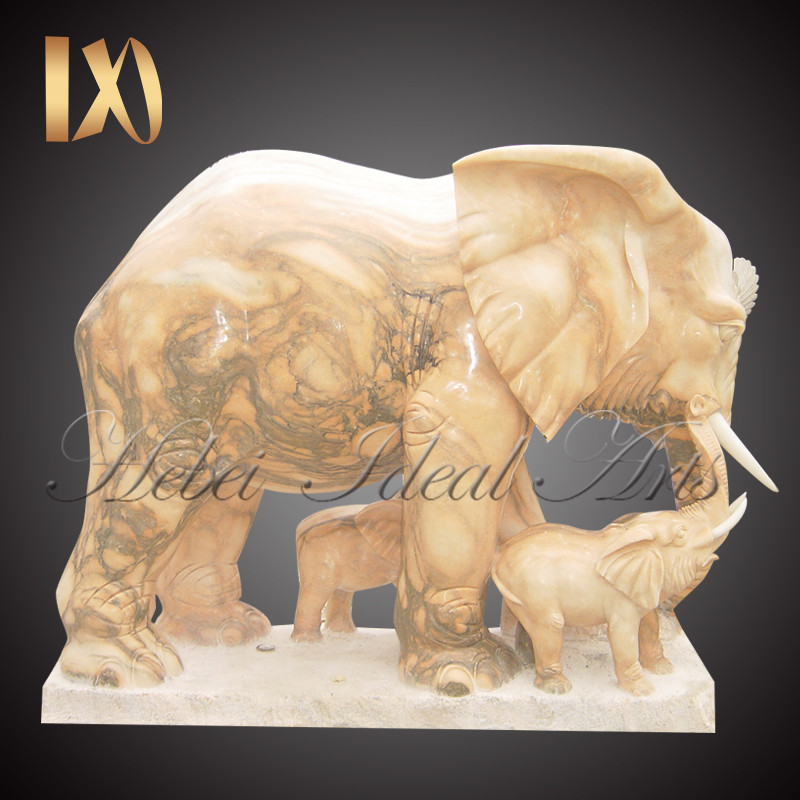The Hill of the Buddha is an evocative sculptural intervention in Japan designed by renowned architect Tadao Ando.
The Hill of the Buddha is a deeply contemplative, modern Buddhist shrine, set within the Makomanai Takino Cemetery in Sapporo, Japan. It was designed by the renowned minimalist Japanese architect Tadao Ando, and completed in 2015. Ando surrounded a pre-existing stone Buddha statue with a hill-like mound that partially concealed the statue, leaving only its head visible above the ground. The hill above was covered in grass and lavender plants, arranged into a series of circular patterns that mirror the shape of the well in which the Buddha is set. Beneath the mound, Ando left open space around the Buddha to create a hidden shrine, which is accessible to visitors via a 40-metre-long underground tunnel. White Antique God Shiva Stone Statue

The stone Buddha statue at the center of Ando’s intervention is 13.5 meters tall, and it once sat alone in the surrounding field, surrounded by flat, open space. Built in 2002, the sculpture depicts Atama Daibatsu. Ando’s brief was to alter the land around the Buddha to ensure a closer harmony between the sculpture and the landscape, and to create a serene and contemplative atmosphere. The project attracted Ando’s interest because it relates to his wider fascination with ways of creating qualities of mystery and ambiguity in architectural space, as he observes, “Our imagination is piqued by what we cannot see.”
Ando’s inventive design plays with partial concealment and the creative interplay of interior and exterior space, investing a once simple, unadorned site with unfolding layers of intrigue. During an interview discussing the Hill of the Buddha in 2017, Ando said, “Until now, the Buddha has stood alone in the field, giving an unrestful impression.” He explains further, “Our idea was to cover the Buddha below the head with a hill of lavender plants. We called the idea the ‘head-out Buddha’.”
One of the most fascinating aspects of Ando’s design is the hidden stone tunnel that draws visitors into the center of the artificial hill, where the Buddha sits on a pedestal basked in sunlight. The dark, tunnel-like corridor is 40 meters long, and features folded, concertinaed concrete along its walls that narrow towards the sky, to give the entire space a womb-like, enveloping feeling.
At the end of the corridor, the Buddha seems to glow with radiance, naturally lit from the circular halo in the ceiling space above it that is open to the sky, echoing the shape of the moon and the sun. Like many of Ando’s projects, the tunnel is made from raw concrete; Ando playfully explores its ability to appear both austere and elegant, with its subtle tones of matt grey that catch the daylight filtering in from around the Buddha.
At the heart of Ando’s design was a desire to build a peaceful shrine and prayer hall away from the bustle of outdoor life, where Buddhists can practice their worship, or visitors can soak up an air of serenity and tranquility. “The aim of this project was to build a prayer hall that would enhance the attractiveness of a stone Buddha sculpted 15 years ago,” said Ando during an interview conducted in 2017, adding, “The site is a gently sloping hill on 180 hectares of lush land belonging to a cemetery.”
The peaceful, simple, and symmetrical clarity of Ando’s design forms a harmonious balance between nature and architecture. Ando’s design, with its concealed, private space echoes ancient statues such as the Bamiyan Buddhas, which traditionally had circulating space for religious worship at the feet of the stone Buddhas.
On the exterior roof of Ando’s shrine he designed a field of 150,000 lavender plants set within a green carpet of grass and arranged into circular patterns. Lavender is known for calming properties, so it is in keeping with the tranquil nature of the entire site. The lavender is seasonal, changing in a range of ways according to the season. In the spring, it is green, shifting to vivid purple in the summer, followed by white in the winter when the entire mound is covered over by snow.
At the base of the lavender mound, Ando also designed an accompanying water garden which further enhances the area’s contemplative, spiritual atmosphere, featuring a border made of grey gravel, and walls made from Ando’s signature cast concrete.
Who Was Buddha and Why Do We Worship Him?

India Marble Garden Lord Shiva Statue By Rosie LessoMA Contemporary Art Theory, BA Fine Art Rosie is a contributing writer and artist based in Scotland. She has produced writing for a wide range of arts organizations including Tate Modern, The National Galleries of Scotland, Art Monthly, and Scottish Art News, with a focus on modern and contemporary art. She holds an MA in Contemporary Art Theory from the University of Edinburgh and a BA in Fine Art from Edinburgh College of Art. Previously she has worked in both curatorial and educational roles, discovering how stories and history can really enrich our experience of art.